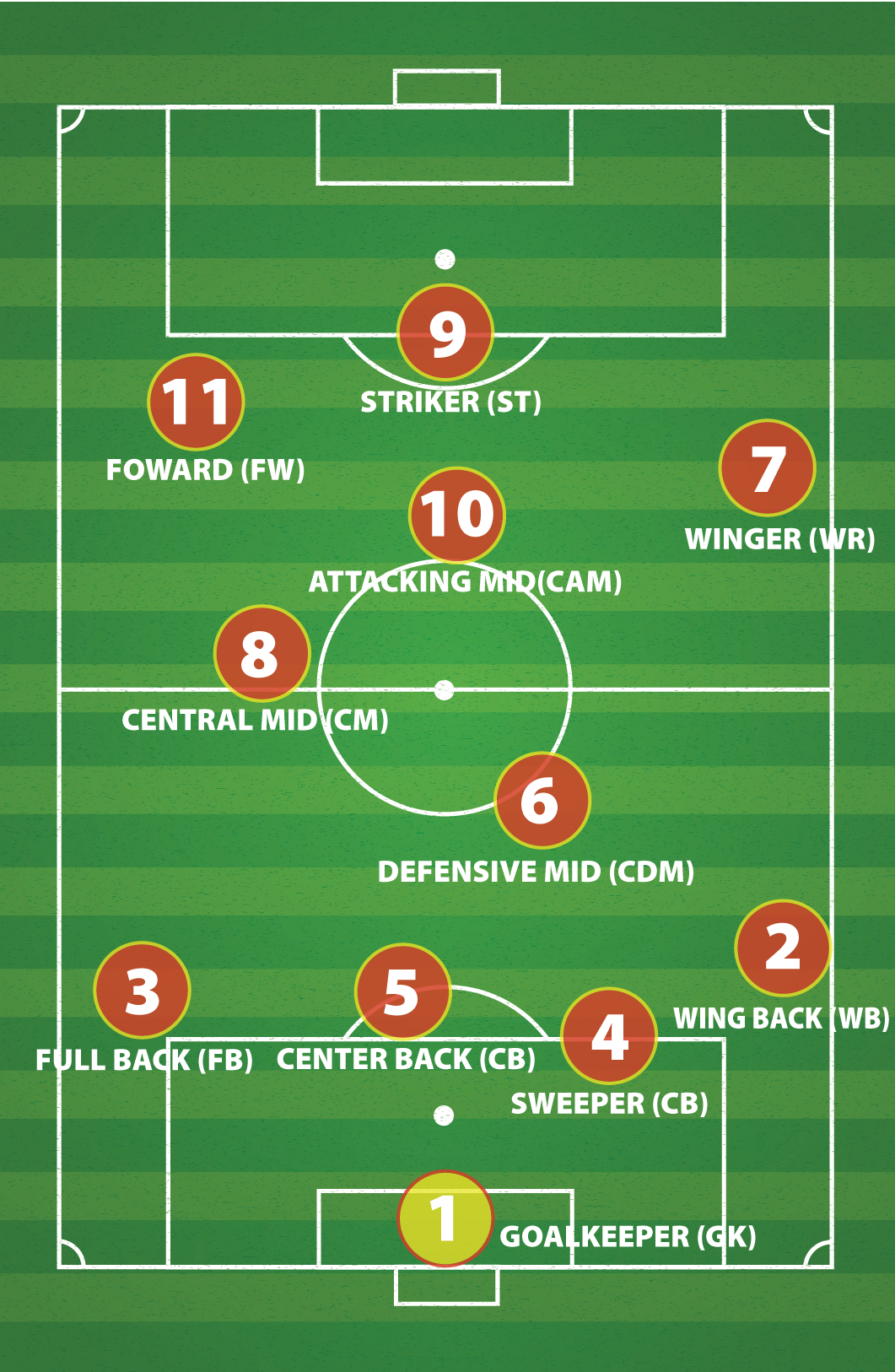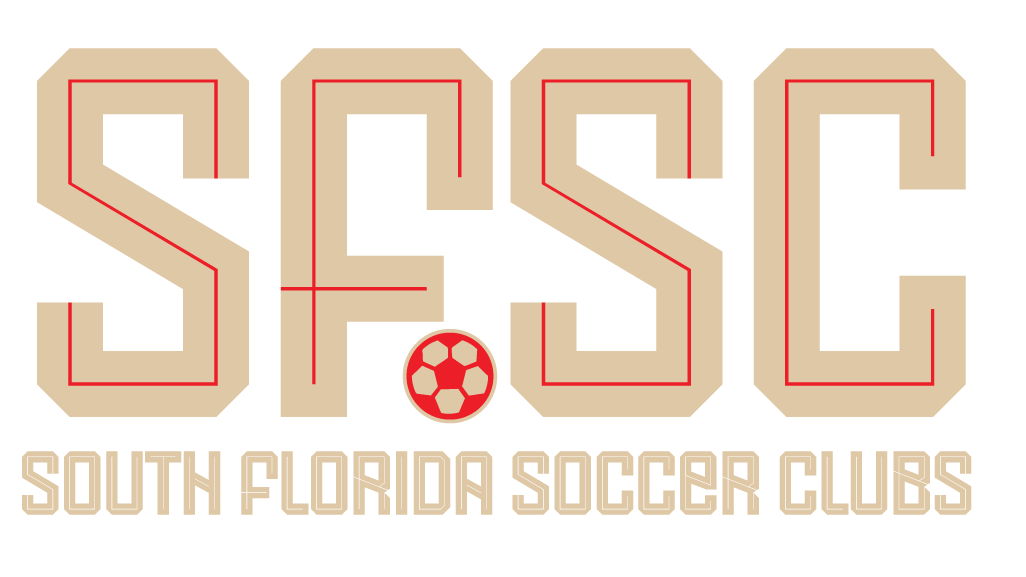Understanding Player Positions, Numbers & Roles in Soccer
Whether you’re new to the game or have been around the field for years, understanding each position on the soccer field helps parents support their players better—and helps players grow smarter and more confident in their roles.
A soccer team has 11 players on the field. These players are generally organized into 4 main position groups:
Goalkeeper (1)
Defenders (2–5)
Midfielders (6–8 or 10)
Forwards (7–11 or 9)
Each has a jersey number traditionally linked to their role, though modern teams sometimes vary.
The Field Breakdown: How Soccer Positions Are Organized
1
Goalkeeper (GK)
- Main Job: Protect the goal.
- Skills: Shot-stopping, communication, quick reflexes.
- Field Role: The last line of defense. Can use hands inside the box.
2, 3, 4, 5
Defenders
2 – Right Back (RB)
3 – Left Back (LB)
- Main Job: Defend against wingers and support attacks.
- Field Role: Patrol the flanks, block crosses, overlap runs forward.
4 & 5 – Center Backs (CB)
- Main Job: Stop central attackers, win headers, organize the defense.
- Field Role: Strong presence in the middle of the back line.
Some teams use 3 center backs (e.g., in a 3-5-2 system). In that case, the roles adjust slightly.
6, 8, 10
Midfielders
6 – Defensive Midfielder (CDM)
- Main Job: Break up opposition attacks, link defense and midfield.
- Field Role: Positioned just in front of the defenders.
8 – Box-to-Box Midfielder (CM)
- Main Job: Support both defense and attack, cover a lot of ground.
- Field Role: Dynamic role that requires high stamina.
10 – Attacking Midfielder (CAM)
- Main Job: Create chances, assist strikers, shoot from distance.
- Field Role: The playmaker—often the “brain” of the team.
7, 9, 11
Forwards
7 – Right Winger (RW)
11 – Left Winger (LW)
- Main Job: Beat defenders, deliver crosses, score.
- Field Role: Stretch the field wide and cut inside to shoot or assist.
9 – Striker (ST)
- Main Job: Score goals!
- Field Role: Typically the furthest player upfield—focused on finishing chances.
WORKING TOGETHER
Why This Matters for Parents & Players
Understanding positions helps:
- Parents better follow the game and know what to expect from their child’s role.
- Players develop stronger game IQ and learn how to improve in their specific role.
- Coaches communicate more clearly with both players and families.
Flexibility: Why Players Switch Positions
It’s common for coaches to test players in different positions, especially at younger ages. This helps:
- Build well-rounded players
- Teach game awareness
- Prepare for changes in competition or team structure
Encourage your child to try new positions—it can make them more valuable and more likely to play at higher levels.
Bonus Tips
- Position numbers are traditional, not fixed.
- A player might wear 8 but play as a winger, or wear 11 and play as a striker.
- Ask your coach for clarity about your child’s role, not just the number.







